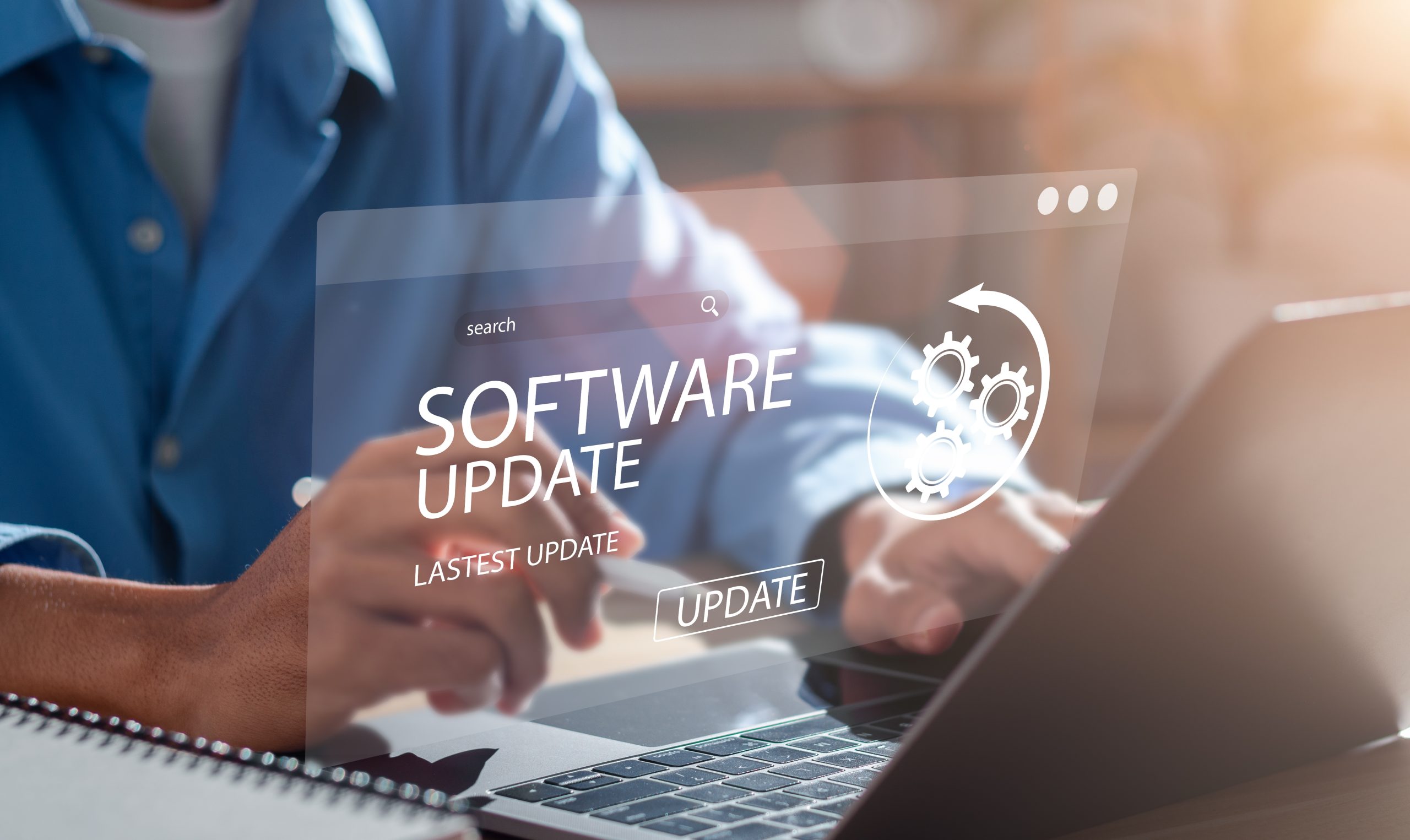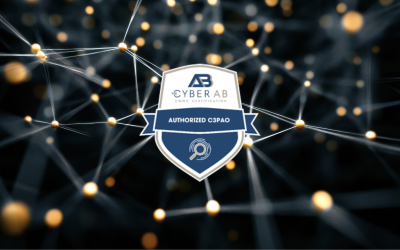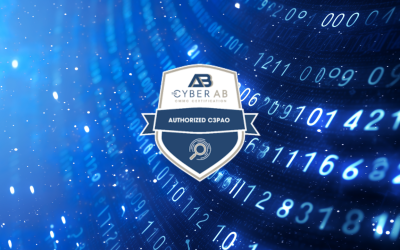Cyber hygiene refers to an organization’s practices to maintain or improve cybersecurity. These practices help maintain the confidentiality, integrity, and availability of data.
The following are a few examples of these practices:
- Implementing appropriate role-based access controls
- Keeping an inventory of assets and documenting them
- Regularly creating and testing backups
- Using strong, unique passwords and updating them frequently
- Keeping software up to date
Common cyber hygiene mistakes
Some common mistakes when trying to establish strong cyber hygiene include:
- Reusing passwords
- Granting excessive permissions to users
- Not using antivirus software and firewalls
- Clicking on links or attachments in suspicious emails
- Using unsecured Wi-Fi networks in public places
Emerging best practices
- Zero Trust Architecture: This approach ensures that no one, whether inside or outside the network, is trusted by default. Verification is required for everyone attempting to access network resources.
- Multi-Factor Authentication (MFA): Adding an extra layer of security by requiring two or more verification factors to access resources.
- Regular Security Audits: Conducting frequent security audits helps identify vulnerabilities and ensures compliance with security policies.
Cyber hygiene is essential for individuals, organizations, and governments to adopt. It protects you against increasing threats and cybercrimes. Implementing these key tips and avoiding common mistakes will reduce your cybersecurity risk.
Software updates
Software updates are patches or fixes software developers release to address system functionality and security vulnerabilities. Typically, they enhance device performance and software stability through one or more improvements.
Common improvements
- Bug fixes: Updates focus on resolving known bugs, glitches, and performance issues to refine usability.
- New features: Updates introduce enhancements to improve the user experience or provide additional functionality.
- Compatibility: Updates bridge the gap between legacy technologies and new hardware/software systems.
- Security: Updates address security vulnerabilities that could potentially be exploited by malicious actors (e.g., hackers, malware, etc.).
Beware of fake updates
Sometimes unsuspecting individuals are prompted by fake update messages created by malicious actors seeking to gain unauthorized access to computers and mobile devices. These fake update messages are sent in two ways: pop-ups or emails.
- Pop-ups: While they may look real, it’s important to remember that clicking on a pop-up may lead to a cyber attack. As a precaution, ignore pop-ups and only use downloads provided directly from a vendor’s website, the app store, or within the program itself.
- Emails: Phishing emails are used to lure people into believing they’re downloading authentic software updates when in reality that is usually not the case. As a precaution, don’t click on links or respond to these types of emails. Instead, contact the software’s support desk or check the vendor’s website for more information.
Conclusion
Maintaining up-to-date software and following cyber hygiene best practices are key to protecting data confidentiality, integrity, and availability. Also, make sure to update your software regularly to ensure that your systems are not vulnerable.
The next installment of our Cybersecurity Awareness Month series will elaborate on ways to enhance cybersecurity while exploring more methods to strengthen online security.
Learn how IBSS can help your organization be cyber secure.
Learn more about cyber hygiene best practices here or check out the resources below.
Additional Resources
What Is Cyber Hygiene? A Definition of Cyber Hygiene, Benefits, Best Practices, and More.
- https://www.digitalguardian.com/blog/what-cyber-hygiene-definition-cyber-hygiene-benefits-best-practices-and-more
- Critical Cybersecurity Hygiene: Patching the Enterprise (nist.gov)
Software upgrade or software update – what’s the difference?
- https://www.seikisystems.co.uk/about/news-blog/software-upgrade-or-software-update-whats-the-difference/
- https://staysafeonline.org/resources/software-updates/
- Understanding Patches and Software Updates | CISA
What Is a Fake Software Update and How to Get Rid of it at Scale





